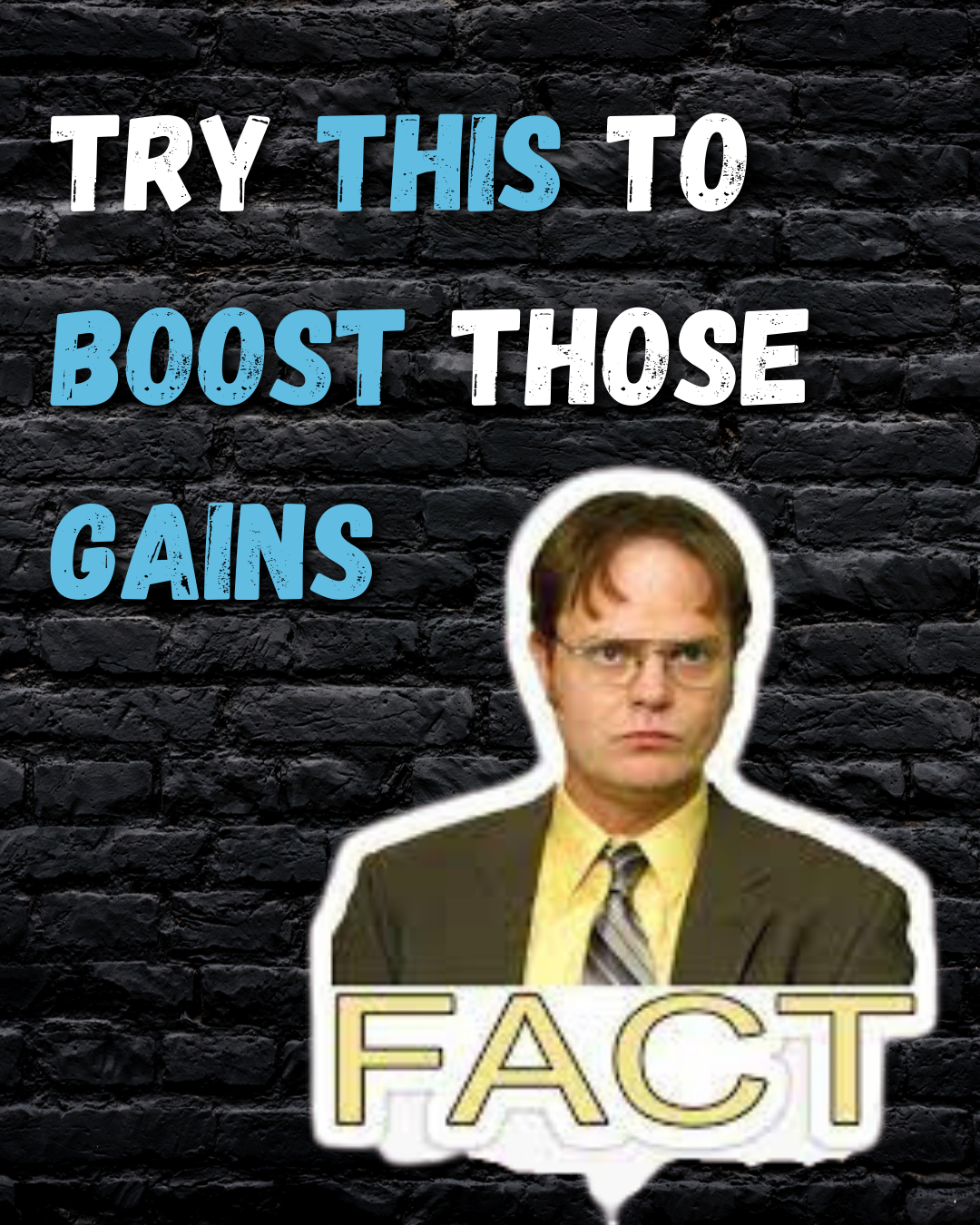CREATINE - The supplement that had your mum thinking you were on steroids
But, is the hype true?
Before we get into the supplement itself, I think it is going to be worth starting with some basic knowledge of the energy system that supplemented creatine may help with
You may have heard of ATP, or Adenosine Triphosphate, as being the body’s ‘energy currency’
Essentially, ATP is the biochemical way to store & use energy, consisting of an adenine nucleotide that is bound to three (hence the ‘tri’) phosphates
When your body, or more explicitly, a cell, needs energy, one of the three phosphate bonds is broken and free’d, leaving behind ADP, Adenosine Diphosphate
It is the energy generated when that bond breaks that your cell will use, when required, such as when you contract a muscle and, as the required work of the muscle increases, more & more ATP is consumed, which then needs replacing to allow the continued movement
If the cell has excess energy, it will store that energy by creating ATP from the ADP in the system
plus an additional phosphate
Which is where creatine comes in to play!
There are three ways in which ATP can be sourced from within the body
- Via the Phosphagen system;
- Via the Glycogen-lactic acid system; or
- Via the Aerobic respiration system
For the purpose of this article, let’s focus on the Phosphagen system, as that is the system by which creatine has an impact, in particular when discussing muscle contractions as, after all, that’s what you all want to know about!
As mentioned above, ATP contains three phosphates
And, your muscle cells will have a limited amount of ATP within them, which is available for immediate use. However, that immediately available ATP is only enough to last for about 2-3 seconds
Once those immediately available stores are used, your muscle cells need to replenish the ATP levels pretty quickly to provide the additional energy required to keep working at that level of intensity
This is done as a result of your muscle cells containing a phosphate compound, creatine phosphate
From the creatine phosphate, the creatine kinase enzyme removes the necessary phosphate to be transferred to the ADP (after the ATP bond has been broken to produce energy) so that ATP can be formed, ready to be used again
This process of ADP-ATP-ADP occurs very rapidly within the cells for as long as the cells have access to available creatine phosphate and, while the energy can be supplied at a very high rate under this process, it will only last for about 8-10 seconds before those creatine phosphate stores have been depleted
And, this is where supplementing with creatine can be useful
Your body can only store a limited amount of creatine at any one time, and, you can get a decent amount of creatine from your diet, primarily from meat & fish
Any excess will just be excreted out of the body (via a process that breaks down the creatine into creatinine to be passed in your urine)
Supplemented creatine may help to ensure that your creatine phosphate stores are always topped up (particularly if you follow a plant based approach to nutrition)
So, is it worth adding a creatine supplement into your diet?
And, if so, which do you choose and how much do you take?
To answer the first question, it may be worth considering the second one beforehand
Creatine Monohydrate is
100% effective, is very cheap & very easily accessible
NB – you only need to purchase creatine monohydrate. The other varieties are, essentially, cleverly marketed to have you believe that you need some ‘advanced’ form, but as mentioned creatine monohydrate is already 100% effective so don’t spend any more than you need to!
In terms of dose, again, clever marketing will have you believe that you should ‘load’, and also cycle off. This is basically just a way of encouraging you to use more…think about it, if you take that advice & load 20g per day for 5 days, and then cycle off for a week every 6 weeks, before ‘loading’ again when you cycle back on, you are going to be using quite a lot of the product & need to purchase more often…marketing!
You only need to supplement 3-5g, every day if you wish, or there may be logic in only supplementing on the days that you weight train, and are, therefore, actually using the stores you have
To come back around to whether it is worth you adding in a creatine supplement, providing that you have the other areas of your training & nutrition in a good place, give it a try & see if you notice any benefits
You may notice a small increase in your ability to generate additional power, or keep pushing for that little bit longer….or you may not….individual response can vary




